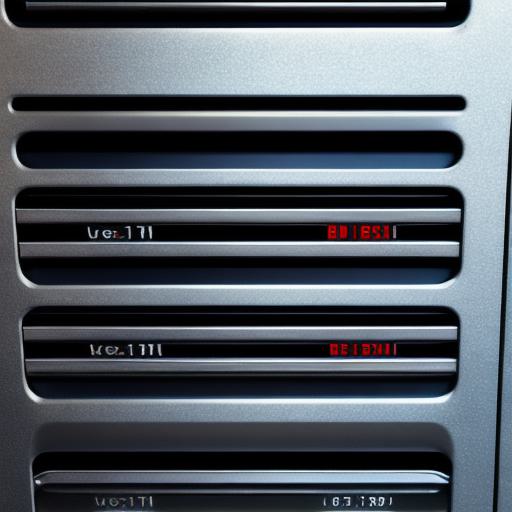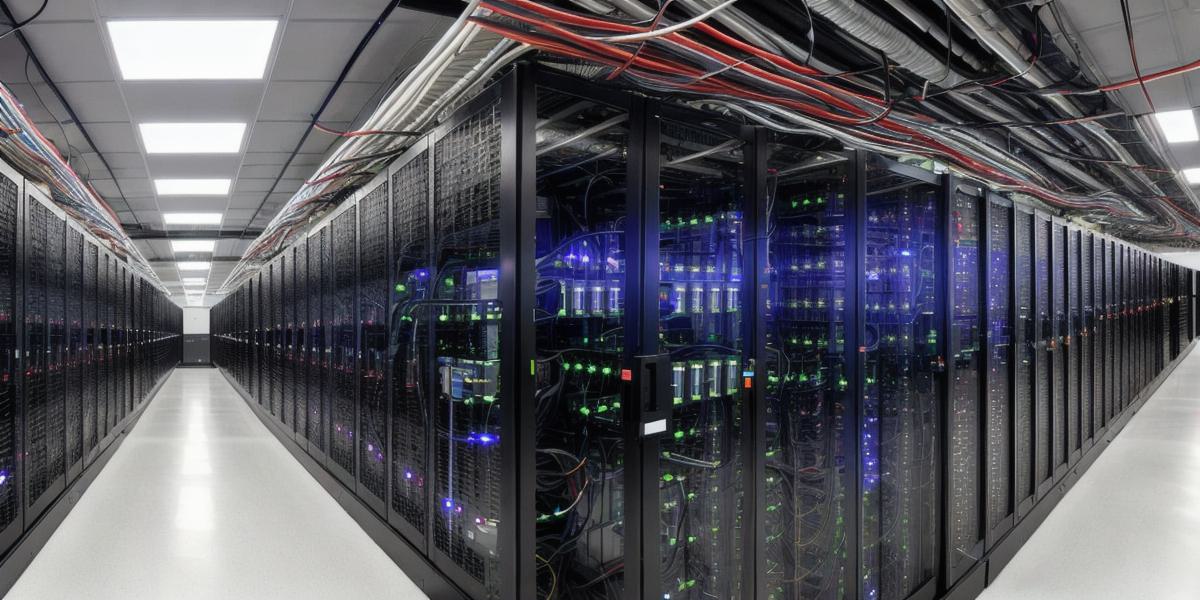Data centers are specialized facilities used to house and manage large amounts of computing equipment and associated components such as servers, storage systems, networking devices, and cooling and power systems. The primary goal of a data center is to provide an environment that ensures the availability, security, and performance of mission-critical applications and services. Here are some key features of a modern data center and operational best practices for maintaining efficiency:
1. High Availability and Redundancy
A data center should be designed with high availability in mind to minimize downtime and ensure uninterrupted access to critical IT infrastructure. This includes redundant power and cooling systems, network connectivity, and backup generators. For instance, N+1 or 2N configurations for power and cooling provide extra capacity for emergencies.
**Example:**
Google’s data centers have multiple power grids and are designed to be self-contained, meaning they can continue operating even when the surrounding areas experience power outages.
**2. Scalability and Flexibility**
Data centers need to be scalable and adaptable to accommodate growing business needs and support new technologies. This can be achieved through modular design, virtualization, and cloud services that allow for easy resource allocation and reallocation.
**Example:**
Microsoft’s Azure data centers offer customers on-demand access to computing resources, enabling them to scale up or down as required without the need for extensive planning and hardware purchases.
**3. Security and Compliance**
Data centers must be physically and logically secure to protect sensitive information and maintain compliance with industry regulations. This involves access controls, CCTV surveillance, intrusion detection systems, fire suppression, and regular vulnerability assessments.

**Example:**
Amazon Web Services (AWS) data centers employ multiple layers of security, including perimeter fences, biometric access controls, and encryption for all customer data both in transit and at rest.
**4. Energy Efficiency and Sustainability**
Data centers consume vast amounts of energy, making it essential to adopt energy-efficient practices such as hot and cold aisle containment, power capping, and the use of renewable energy sources.
**Example:**
Apple’s data center in Maiden, North Carolina, is powered entirely by renewable energy from local sources and uses 100% recycled rainwater for cooling.

**5. Cooling and Power Management**
Effective cooling and power management are crucial for maintaining optimal operating conditions for IT equipment. This includes the use of efficient cooling technologies like liquid cooling, as well as optimizing power usage through techniques such as power capping and server consolidation.
**Example:**
Facebook’s data centers use a direct-to-chip liquid cooling system, which cools servers at the source instead of relying on traditional air cooling methods.
In conclusion, a modern data center is a complex infrastructure that requires careful planning, design, and management to ensure high availability, scalability, security, energy efficiency, and operational excellence. By focusing on these key features and implementing best practices for each area, organizations can create an efficient and reliable foundation for their digital operations.
